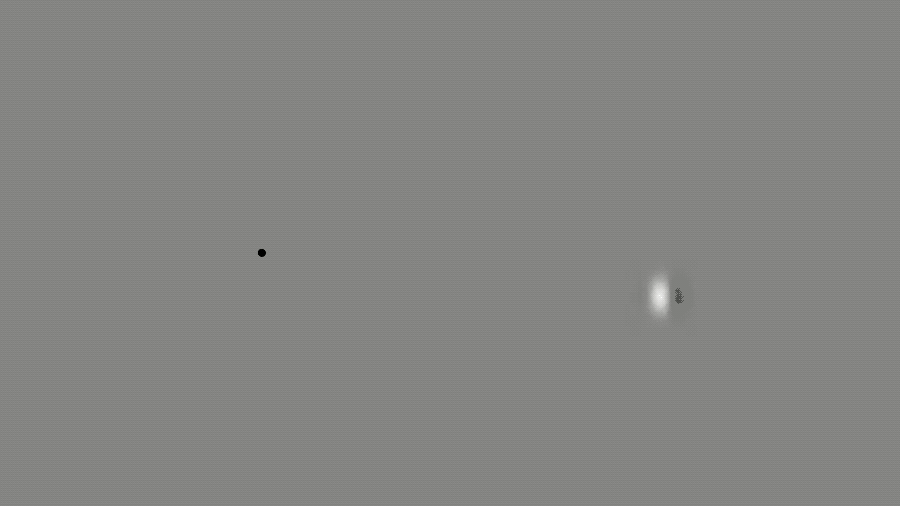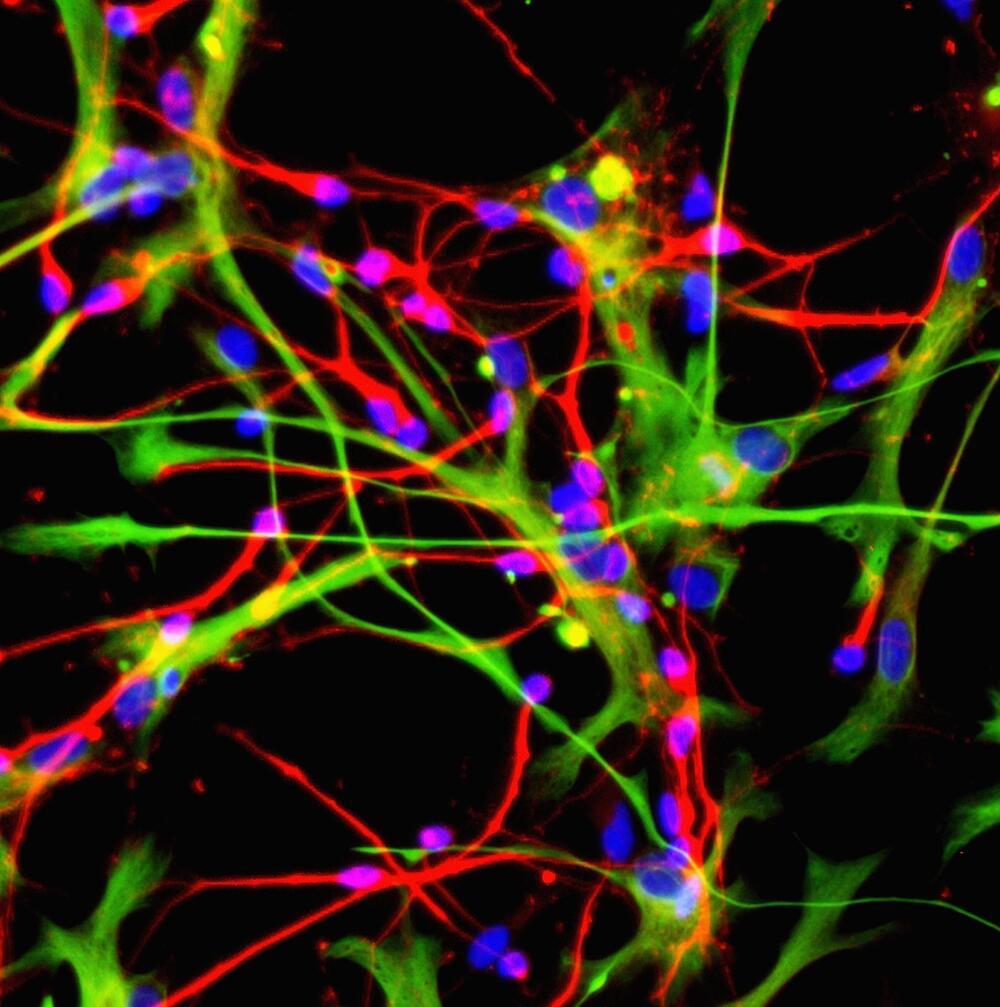Year 2020 The ecology of the human brain is so complex that it even seems like it’s own not only story within itself but also could be like a self perpetuating universe of all sorts. Even neurons resemble the universe. What I believe is that the human brain is actually like an infinite spaceship that has infinite potential not only as a computational source but as sentience that is actual sentient in itself not just a story but kinda the god in the machine like a black box of limitless potential not only a computer but much more possibly a universe that guides us and shapes us. Even when we see the ecology of the mind we see so many stories and realities able to create its own multiverse… More.
What the science of visual illusions can teach us about our polarized world.






